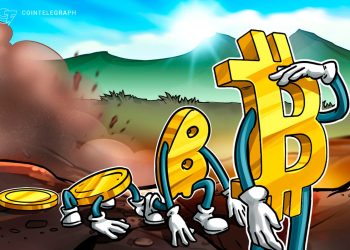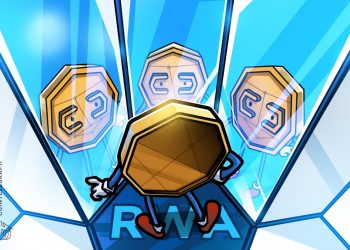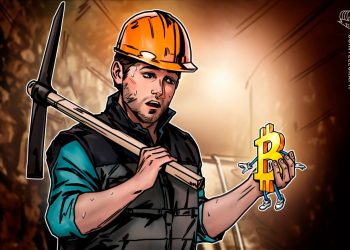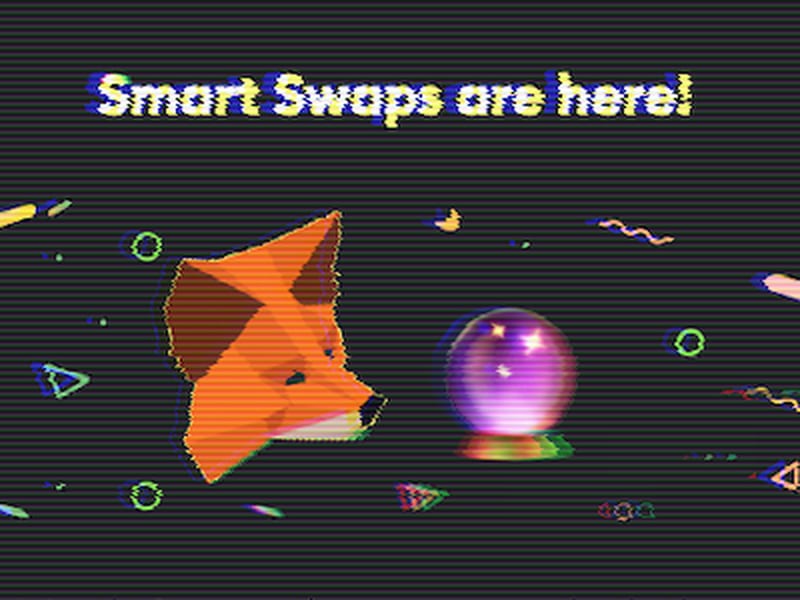It seems like the buzzy world of “Crypto + AI” has sprung from nothing in the past 12 months, but don’t tell that to Arif Khan, CEO of Alethea AI. He’s been here since 2017, when he was part of the core team of SingularityNET, one of the OG AI+Web3 projects. (It was around before even Web3 was called Web3.)
For Khan, decentralized AI is more than hype and more than abstract and more than a fashionable trend — it’s critical and it’s the future. And it can make our daily lives easier. “I think in five years, we will have autonomous on-chain AI agents doing crypto transactions, and managing a large part of our lives,” predicts Khan. “In 5 to 10 years, managing our financial life, our emails, and the administrative hassle of things like paying bills. That can be done on-chain and natively.”
Arif Khan, CEO of Alethea AI, is a speaker at this year’s Consensus festival in Austin, Texas, May 29-31.
In the lead-up to Consensus, where he’s speaking on the AI Stage, Khan shares his vision of how Alethea will help unlock that future, why decentralized AI is so important, and why at Consensus it’s “fun to hang out with the editorial team and the journalists.” (This last might deserve a fact-check, but we appreciate the sentiment.)
Interview has been condensed and lightly edited for clarity.
What’s your vision for Alethea?
Arif Khan: Our primary goal is to build Web3 infrastructure for generative AI. Imagine a Venn diagram with two circles — the Web3 world and the AI world. [ARIF shares his screen on our Zoom to show the below image.] The Web3 world is a scarcity-oriented world, and the generative AI world is all about abundance. So it’s at the intersection of combining these two things where you get what we call the AI protocol, where any generative assets — whether it’s an AI character or AI agent — is tracked, it’s monetized. There’s a provenance around it.
Can you give an example?
We did our first collaboration way before ChatGPT was popular, when GPT-3 was still in private beta. We created a character or an AI agent, version 0.1, let’s say. We called it Alice, who’s an intelligent NFT. An NFT that can talk to you, learn, interact, and communicate.
So this is a work of art, but at the same time, you’re able to interact and communicate with it. So, it’s no longer a static image, it has an AI component. We’ve come a long way since then, but the goal is to build this out in a way that’s ethical and open, and that’s going to be really important.
In five years, we will have autonomous on-chain AI agents doing crypto transactions, and managing a large part of our lives
Why is decentralized AI so important to you? What does Web3 bring to the table?
One of the principles around Web3 is ownership. You know the meme: Not your keys, not your coins. So it’s very straightforward to map that out and look at it from an AI standpoint: If it’s not your data, not your models, not your input, and if you’re not part of the equation, it’s not yours.
If you can bake ownership into the design structure of what you’re building, then you’re sort of reversing the power dynamic. And that means, for example, at a very, very basic level, it means if you are a creator, if you own an asset, or if you own aspects of your words — and if you’ve licensed it out, or it’s part of a chain of provenance, you are now part of an equation where for anything that’s trained on it, you get some level of compensation down the line. This is very complex to do at scale.
Is it fair to say that the output of an Alethea model might be similar to the output of something centralized, like OpenAI, but the foundation is very different and done in a decentralized way, which confers benefits that are harder to see on the surface?
I think you’re directionally correct, but I will just zoom in [and correct] one area. I was an early angel investor in the team that created Stable Diffusion. And it was a quantum leap for the open source approach. It was the only model at the time that could compete against DALL-E, a commercial model built by a larger company. It could punch way above its weight class. It was built by the open-source community and open-source researchers.
What I’m trying to say is that at every single level, whether it’s at the GPU level, whether it’s at the model level, whether it’s at the agent level — at every single level, if you bake in decentralization and an open ethos, you get tremendous opportunity to innovate. You are not stuck by centralized control.
Ah, so if I hear you right, you’re saying that if you decentralize, you’re actually more likely to get a better output?
Yeah. And the word “likely” to yield better outputs is crucial, because you’ll see a lot of open source failures regularly.
Open-source is hard!
Yeah, it’s hard. But that’s part and parcel o the process. You get some terrible outputs along with great outputs.
What can you tell us about Alethea’s partnership with Amazon Web Services?
So, there are three parts to our ecosystem. There’s the GPU clusters, there’s the model side, and then there’s the agents.
On the GPU side, we’ve started working with different providers to diversify the GPU access. And AWS has been a very helpful partner in helping us test and scale out these GPUs. We continue to diversify our GPU sources and it’s been an opportunity to learn from an awesome team as well.
Give us an AI prediction. How could the world look differently thanks to AI in, say, five years? Or 10?
I think in five years, we will have autonomous on-chain AI agents doing crypto transactions, and managing a large part of our lives. In 5 to ten years, managing our financial life, our emails, and the administrative hassle of things like paying bills. That can be done on-chain and natively.
Two-parter: What excites you most about AI, and what terrifies you most about AI?
What excites me most is the democratizing potential of it, like the opportunity for each and every one of us to have our own AI agent.
What terrifies me is that with this comes tremendous responsibility, right? Fire can heat the household, or it can burn a village down. So we just have to be careful with how we use it.
Outside of Alethea and Singularity, what do you view as the most promising projects in Crypto + AI?
Morpheus is a very interesting open-source project. I really like the way they’re positioning themselves. And the other one that’s been very interesting to look at is Bittensor. From an application standpoint, they’ve created a really interesting economy, where people can plug in to the application layer, to the GPU layer, to the model layer. And I’m sure there are many others I’m missing; there are so many awesome entrepreneurs and community builders.
Let’s close with some thoughts on Consensus. Any favorite memories from past conferences?
I remember meeting Michael Casey six or seven years ago at Consensus in New York, at some after-dinner event. And there was a physicist or mathematician — Eric Weinstein, who’s quite popular on Joe Rogan now. And he was riffing on stats and making some controversial point. It was like this melding of minds, and it was so awesome to be in the presence of thinkers who are really pushing the frontiers.
Favorite parties or events at Consensus?
There are so many, but I think it’s always fun to hang out with the editorial team and the journalists.
Why thank you!
It’s a really good fun bunch of people. So I try to follow them wherever they’re going. They’re going to the Cool Kids Party, right?
I’ve never been mistaken for a Cool Kid, but we’ll take it. Thanks and see you in Austin!


























